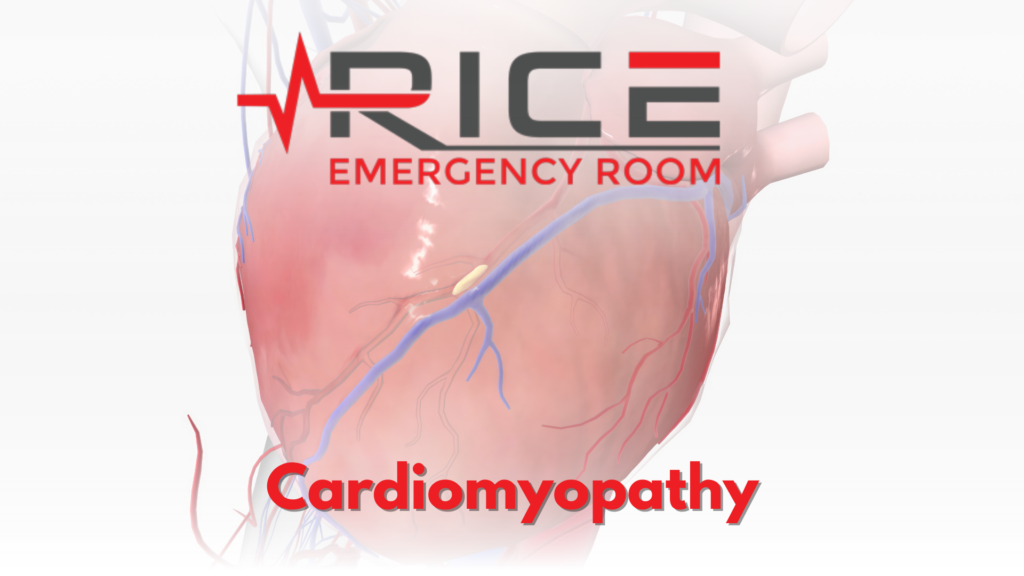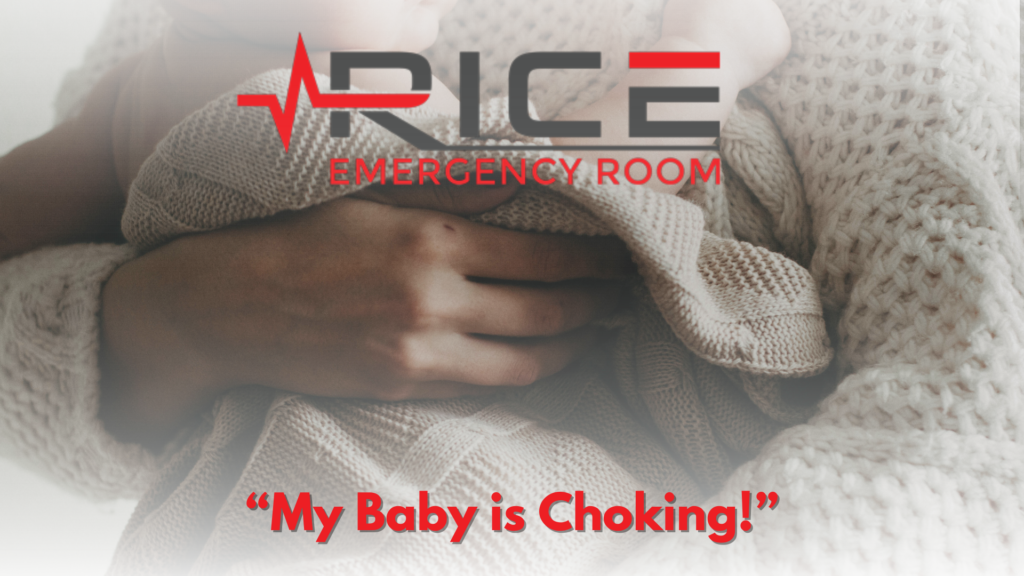Urinary Tract Infections (UTIs) are commonly associated with adults, but they can also affect children, posing a unique set of challenges for parents and caregivers. Recognizing the signs and symptoms of UTIs in children is crucial for early intervention and effective treatment. Let us look at the causes, symptoms, and treatment options for urinary tract infections in children.
Causes of UTIs in Children
Urinary tract infections in children often originate from bacteria entering the urinary tract system. Common causes include:
- Bacterial Entry: The most prevalent cause of UTIs in children is the entry of bacteria, particularly Escherichia coli (E. coli), into the urinary tract. This occurs when bacteria from the rectal area find their way to the urethra and ascend into the bladder.
- Incomplete Emptying of the Bladder: Children may not always empty their bladders fully, leaving residual urine that becomes a breeding ground for bacteria. Incomplete bladder emptying can contribute to the development of UTIs.
- Constipation: The relationship between constipation and UTIs in children is noteworthy. When children experience constipation, the rectum can press against the bladder, impeding proper emptying and increasing the likelihood of urinary tract infections. (Figueroa, 2021)
Symptoms of UTIs in Children
Recognizing the symptoms of UTIs in children is paramount for timely medical intervention.
Common signs include:
- Frequent Urination: Children with UTIs may exhibit a sudden increase in urinary frequency. Parents should be attentive to changes in their children’s bathroom habits, especially if there is a notable deviation from the norm.
- Pain or Burning Sensation: Complaints of pain or a burning sensation during urination are classic indicators of a UTI. Young children might express their discomfort through crying or increased fussiness.
- Fever: A sudden onset of fever, sometimes accompanied by chills, can be a red flag for a UTI. Monitoring the child’s temperature and seeking medical attention if a fever persists is crucial for timely intervention.
- Abdominal Pain: UTIs can cause discomfort or pain in the lower abdomen. Recognizing these subtle cues, especially in younger children who may not articulate their discomfort clearly, is essential for early detection.
- Foul-Smelling or Cloudy Urine: Changes in the appearance or odor of urine can be indicative of a urinary tract infection. Parents should pay attention to any noticeable alterations in their child’s urine.
Treatment of UTI
UTIs in children improve within 24-48 hours with antibiotics, ensuring no long-term issues. Treatment at home is possible for children over 3 months, not at risk of severe illness. The chosen antibiotic depends on the UTI type. Mild side effects like nausea may occur but cease after completing the prescribed course, crucial for preventing recurrence. (NHS inform)
Prevention of UTI
In addition to treatment, preventive measures play a vital role in reducing the risk of UTIs in children:
- Encourage Hydration: Adequate hydration is essential to flush bacteria out of the urinary tract. Encourage your child to drink plenty of water throughout the day, fostering a habit that supports overall urinary health.
- Promote Proper Hygiene: Teaching children proper hygiene practices is crucial. Emphasize the importance of wiping from front to back after using the toilet, preventing the transfer of bacteria from the rectal area to the urethra.
- Timely Bathroom Breaks: Encourage regular bathroom breaks and ensure that your child doesn’t hold in urine for extended periods. This can help prevent the accumulation of bacteria in the urinary tract.
- Address Constipation: Constipation can contribute to UTIs in children. Collaborate with your child’s healthcare provider to address any constipation issues, as resolving this concern can reduce pressure on the bladder and lower the risk of UTIs. (Urology Care Foundation)
Urinary tract infections in children are a health concern that demands attention. By understanding the causes, recognizing symptoms, and implementing preventive measures, parents and caregivers can play a pivotal role in maintaining their child’s urinary health. Timely medical attention, coupled with a focus on hygiene, hydration, and addressing underlying issues like constipation, can help alleviate symptoms and prevent the recurrence of UTIs in children. Always consult healthcare professionals for personalized advice and treatment plans tailored to your child’s specific needs.
When to Visit the ER
A parent should bring a child with a urinary tract infection (UTI) to the emergency room if the child exhibits severe symptoms such as high fever, persistent vomiting, intense abdominal pain, or signs of dehydration. Additionally, if the child is very young, has a compromised immune system or other concerning symptoms accompany the UTI, immediate medical attention in the emergency room may be necessary.
Works Cited
“Urinary Tract Infections (Utis) (for Parents) – Nemours Kidshealth.” Edited by T. Ernesto Figueroa, KidsHealth, The Nemours Foundation, Oct. 2021,
kidshealth.org/en/parents/urinary.html.
NHS inform. “Urinary Tract Infection (UTI) in Children.” NHS Inform, 23 Oct. 2023,
Urology Care Foundation. “Urinary Tract Infections in Children.” Urinary Tract Infections in Children: Symptoms, Diagnosis & Treatment – Urology Care Foundation,
www.urologyhealth.org/urology-a-z/u/urinary-tract-infections-in-children.




